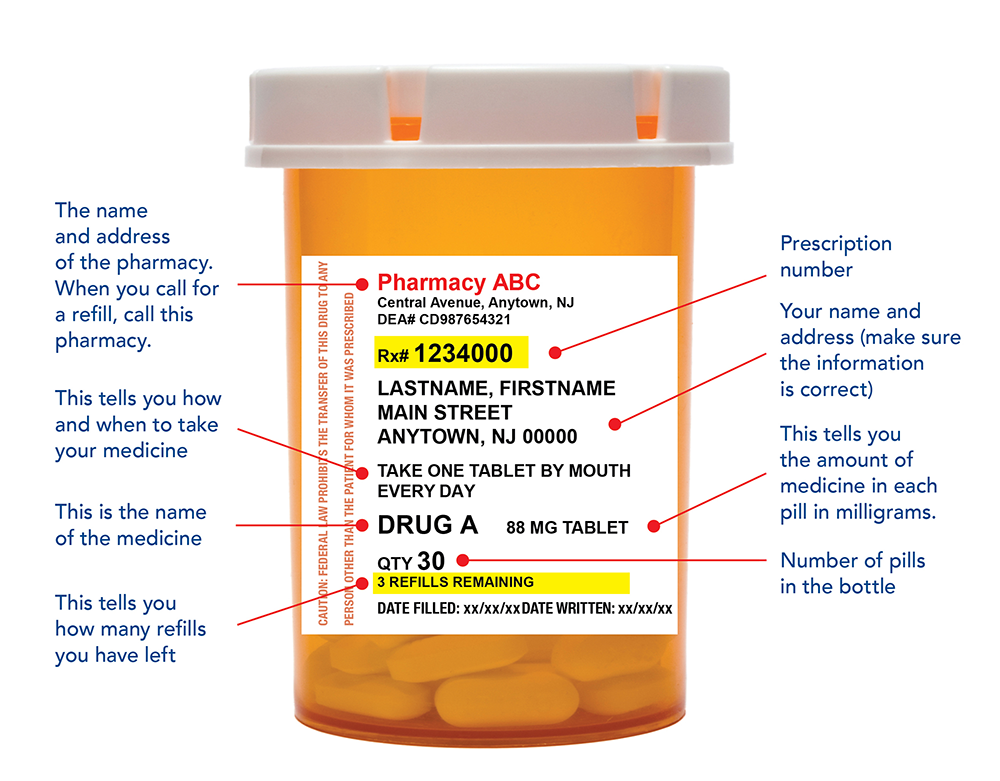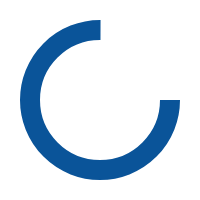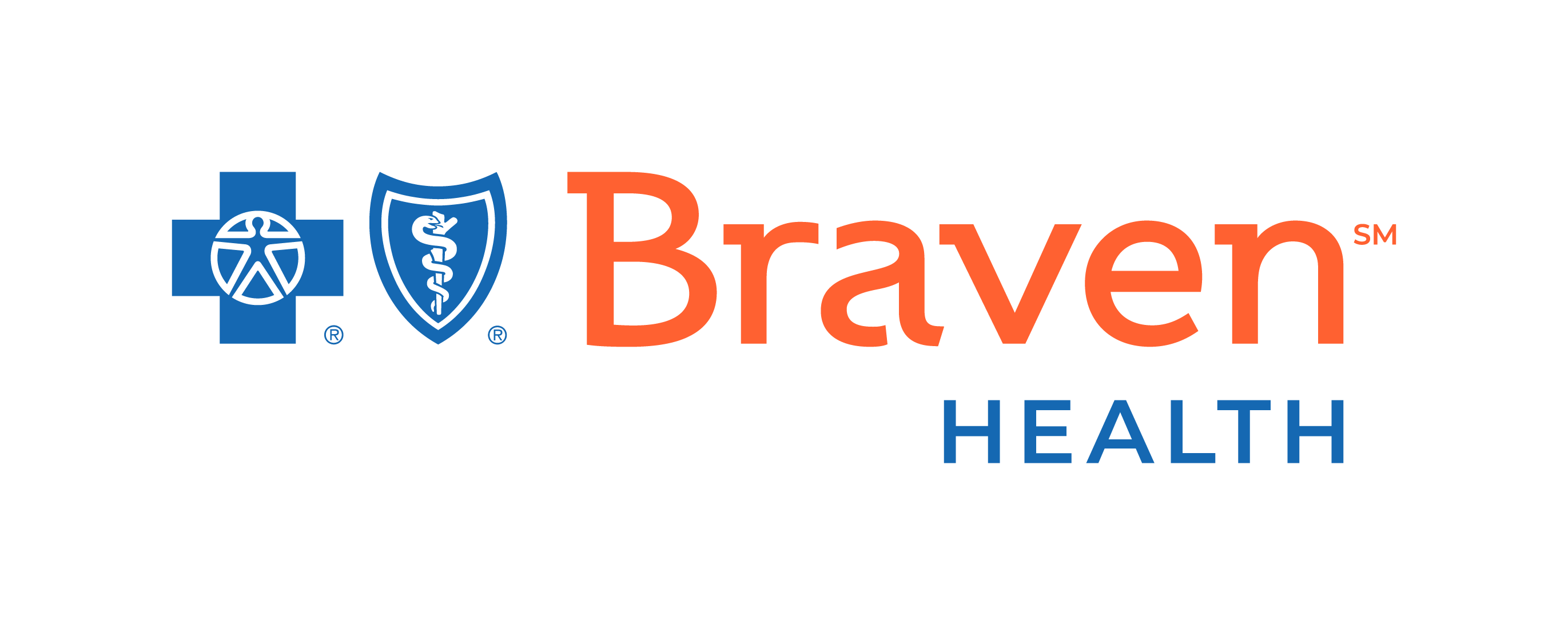Learn About Your Drug Coverage
-
How Prescriptions Work
First, your doctor or nurse practitioner will give you a prescription for your medicine in one of three ways:
- Physical copy: a certified prescription that is written or printed that you to bring to your pharmacy.
- Electronic copy: the prescription will be sent directly to your pharmacy through an online portal.
- Verbal order: your health care provider will call your prescription in to the pharmacy.
Once the order is sent to the pharmacy:
- The pharmacy will bill your insurance to determine what percentage of the cost you will pay.
- The pharmacist will check the inventory to see if they have enough or if they need to order it.
- Pharmacy staff will prepare the medicine, such as counting pills or preparing a mixture.
- The pharmacist will check your order to make sure that it has been prepared correctly and is safe to take with your other prescription medicine.
- The pharmacy will call you or send a text message when your prescription is ready, if you have opted in to those alerts.
What Are Refills?
The prescription you get from your doctor will include the number of refills allowed. This number is the amount of times you can get another supply of that medicine without having to visit your doctor again. Once that number runs out, you may need to see your doctor for more refills. Certain medicine, like opioids, cannot be refilled. You may need to see your doctor for a new prescription, or your doctor may give you multiple prescriptions so you don’t need another office visit.
If you subscribe to automatic refills, your medicine will be filled automatically every month by your pharmacy. You do not have to request a refill.
90-Day Supply
A 90-day supply is a prescription that has enough medicine to last for 90 days, or three months. A 90-day supply of your medicine reduces the number of times you have to visit your pharmacy to pick up your medicine. Instead of making a trip to the pharmacy every month, you can make a trip every three months or get your medicine in the mail. In some cases, it saves you money, too.
Here are some things to remember:
- Ask your doctor for a 90-day supply when they write your prescription. If you already have your prescription, ask your pharmacist to call your doctor to change it to 90 days.
- You can also ask your doctor to include refills on your prescription.
- Ask your pharmacist to enroll in automatic refills.
- Prescriptions expire after 12 months. Even if you have refills left, you will need a new prescription after 12 months.

-
Prescription Drug Coverage Stages
Your coverage for Part D prescription medicine has four stages. How much you pay for your prescription depends on each coverage stage.
Stage 1: Yearly Deductible
You pay the full cost of your medicines until you reach your prescription drug deductible amount. If your plan has no deductible, you will start in Stage 2.
Stage 2: Initial Coverage
You pay a copay (a fixed amount) or coinsurance (a percent of the cost) for your share of the medicine. How much you pay depends on your plan, your medicine tier and the pharmacy you use. Check your Evidence of Coverage for your copay and coinsurance information.
You stay in Stage 2 until your year-to-date “total drug costs” reach $5,030 in 2024. Your total drug costs equal what you pay plus what your plan pays.
Stage 3: Coverage Gap or “Donut Hole”
You will pay 25% of the cost for your medicine because there is a temporary limit on your plan’s payments. You stay in Stage 3 until your total out-of-pocket costs reach $8,000 in 2024. This amount is set by Medicare.
Stage 4: Catastrophic Coverage
Once you reach $8,000 in 2024 in total out-of-pocket costs for the year, you pay nothing. Your plan will pay the cost of your medicines until December 31. On January 1, you will return to Stage 1.
What Can I Do?
Your monthly Explanation of Benefits (EOB) tells you which stage you are in and how much you’re spending on Part D prescription medicines. Keep track of this amount so you know if you are close to the coverage gap. You can also view your EOB online by signing in to your member account at MyPrime.com.
- Ask your doctor or pharmacist if you can switch to a generic medicine instead of a brand name medicine.
- Check your plan’s formulary to see if your medicine has any restrictions.
-
Commonly Used Terms
You may see these words when reviewing your Braven Health plan information:
Biosimilar: a prescription drug that is considered to be very similar, but not identical, to the original biological product.
Catastrophic coverage: prescription coverage through insurance to protect you from financial disaster in the case of a serious medical emergency. This is when your total annual prescription costs (starting from January 1) reach a set maximum level. Once costs reach that amount, your prescription plan begins to pay for most of your prescription costs.
Claim: your doctor or pharmacy requests payment from the insurance company when you get items or services. Coinsurance: a percentage of the cost for covered services that you pay after you’ve paid your deductible.
Copay: a fixed amount that you pay for a covered health care service or supply. This is usually paid when you get the care. It is a set amount.
Coverage gap/donut hole: the period of time for Medicare Part D prescription drug coverage when you are responsible for paying a higher cost for your prescription drugs. It begins when you or your plan have paid the set dollar amount for prescription medicines for that year. You pay the high amount until you spend enough to qualify for catastrophic coverage.
Deductible: money that you must pay before your insurance company will pay a claim.
Formulary: also called a drug list, this is a list of medicine that is covered by your insurance.
Generic drug: a prescription medicine that is the same dose as a brand name and has the same strength, method, safety, quality and intended use as a brand name. Generics usually cost less than brand name medicines.
Prior authorization: your doctor must ask permission from Braven Health before you can receive the medicine. It gives us a chance to review how necessary a medical treatment or medicine may be for treating a medical condition.
Step therapy: you must try one or more similar, lower-cost medicine to treat a condition before Braven Health will pay for the requested medicine. For example, trying a generic version before a brand name.



